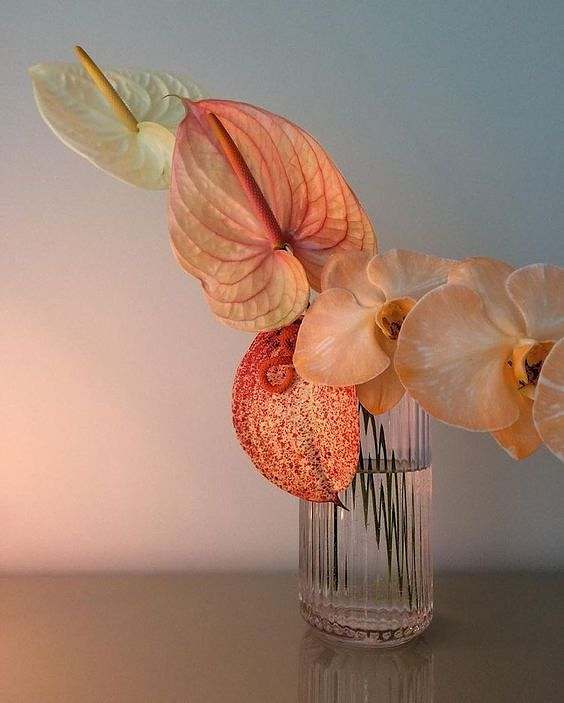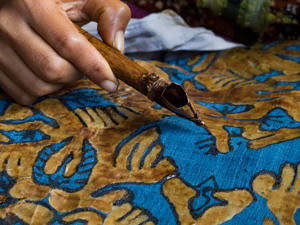Flowers in Art and Literature
Flowers, with their delicate petals and vibrant colors, have captivated human imagination for centuries, becoming enduring muses in both art and literature. Their symbolic richness and aesthetic allure make them a recurring theme, transcending cultural and temporal boundaries.
Artistic Blooms
Artists throughout history have drawn inspiration from the botanical world, infusing their works with the essence of flowers. From the intricate floral motifs in ancient tapestries to the vivid still-life paintings of the Dutch masters, blooms have played a central role in visual storytelling.
In the 17th century, the Dutch Golden Age painters, such as Jan Brueghel the Elder and Rachel Ruysch, crafted intricate still-life compositions featuring meticulously rendered bouquets. These paintings not only showcased the artists’ technical prowess but also conveyed deeper meanings through the carefully selected flowers. Each bloom carried symbolic weight, representing themes like mortality, love, or the fleeting nature of beauty.
Floral Symbolism in Literature
Literature, too, has woven the language of flowers into its narratives, using them as metaphors to convey complex emotions and themes. William Shakespeare, in his sonnets and plays, frequently employed floral imagery. The rose, for instance, became a symbol of love, while the violet represented modesty.
In the Victorian era, the fascination with floriography, the language of flowers, reached its peak. Books like “The Language of Flowers” by Kate Greenaway guided readers through the nuanced meanings behind different blooms, enabling individuals to express sentiments through carefully chosen bouquets. This Victorian fascination with flowers and their meanings left an indelible mark on literature, influencing poets and novelists of the time.
Contemporary Expressions
In the modern era, artists continue to explore the multifaceted relationship between flowers and human experience. From abstract interpretations to hyper-realistic renderings, contemporary art showcases a diverse range of approaches. Flowers have also found a place in street art, where vibrant murals often bloom in unexpected urban landscapes.
Likewise, contemporary literature remains enamored with floral symbolism. Writers use flowers to evoke nostalgia, set the mood, or underscore thematic elements. Flowers in literature have evolved from simple metaphors to complex symbols, reflecting the changing perspectives of society.
A Universal Language
The enduring presence of flowers in art and literature speaks to their universal appeal. Regardless of the medium or era, blooms continue to serve as vessels for human expression, encapsulating the beauty, transience, and profound symbolism of life.
In this timeless tapestry of art and literature, flowers remain a thread that connects generations, cultures, and creative minds, inviting us to appreciate the intricate beauty of the natural world and the rich depth of human emotion.



